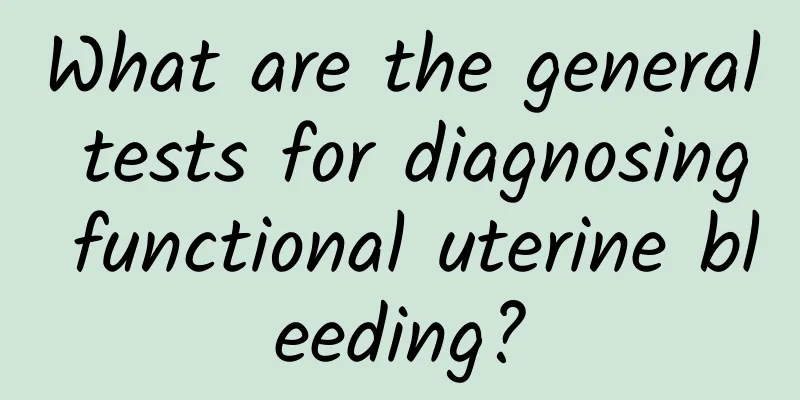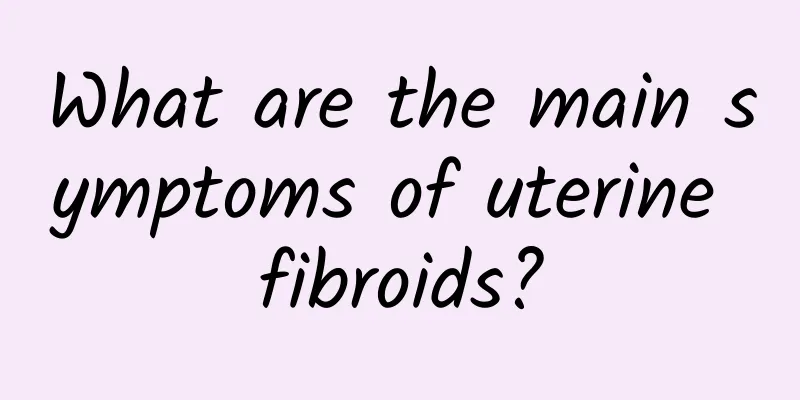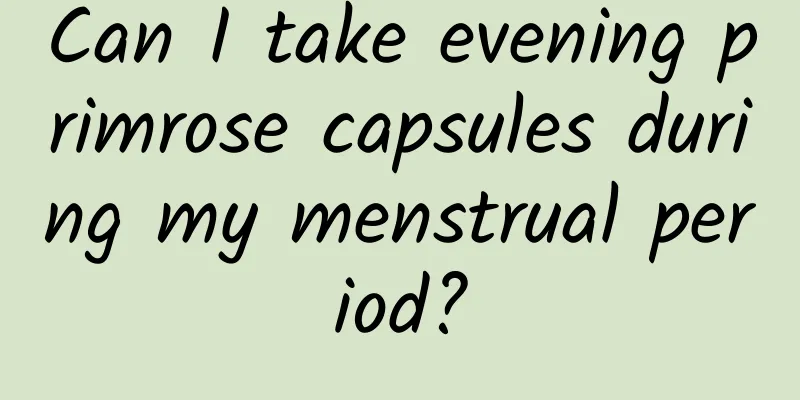Intrauterine adhesions---a disease that causes heartache for many women of childbearing age

|
Intrauterine adhesions (IUA) refer to the mutual adhesions of the uterine wall caused by endometrial damage due to various reasons. The clinical manifestations include symptoms such as decreased menstruation or amenorrhea, abdominal pain and infertility, especially infertility, which brings great pain to patients. More than 90% of intrauterine adhesions are caused by curettage. In recent years, the incidence of IUA has increased due to the increase in the rates of artificial abortion and medical abortion. In the past 20 years, with the continuous development of hysteroscopic technology, the diagnosis and treatment of intrauterine adhesions have made a qualitative breakthrough. Transcervical resection of adhesion (TCRA) has become the standard procedure for the treatment of intrauterine adhesions. A successful operation can restore normal menstruation in patients and improve pregnancy outcomes. The prevention and treatment of re-adhesion after separation of moderate to severe intrauterine adhesions has always been a difficult problem that has plagued clinical practice. The traditional prevention and treatment methods currently used at home and abroad are not effective, resulting in a high incidence of re-adhesion after separation of moderate to severe intrauterine adhesions of 48% to 62%. Many patients need to undergo another operation, and even 3-4 intrauterine adhesion separations have not achieved the desired effect, causing great mental pain and economic burden to patients. It is urgent to seek a more effective and reasonable method to prevent re-adhesion after separation of moderate to severe intrauterine adhesions. The prevention and treatment of re-adhesion after separation of moderate to severe intrauterine adhesions has always been a difficult problem that has plagued clinical practice. The traditional prevention and treatment methods currently used at home and abroad are not effective, resulting in a high incidence of re-adhesion after separation of moderate to severe intrauterine adhesions of 48% to 62%. Many patients need to undergo another operation, and even 3-4 intrauterine adhesion separations have not achieved the desired effect, causing great mental pain and economic burden to patients. It is urgent to seek a more effective and reasonable method to prevent re-adhesion after separation of moderate to severe intrauterine adhesions. After summarizing the diagnosis and treatment of a large number of patients with intrauterine adhesions, we found a reasonable and effective method to prevent re-adhesion after intrauterine adhesion separation surgery. After more than one year of clinical application, the cure rate of moderate to severe intrauterine adhesions has been greatly improved, and many infertile patients have lovely babies. Although the treatment of moderate to severe intrauterine adhesions is somewhat difficult, it is not difficult to cure as long as the treatment is scientific and reasonable. We hope that patients will not have too much mental burden. |
<<: How to deal with heavy menstrual bleeding
Recommend
What kind of exercise can women do after abortion? Women can try these exercises after abortion.
Many pregnant women suffer miscarriage due to bod...
The strongest relay in extreme sports without power outage! Five dream athletes appeared in the "Taiwan Mountain and Sea Extreme Relay"
The popularity of outdoor activities and extreme ...
Get rid of the three layers of meat! Body sculpting compound surgery adds extra points
For those who want to lose weight, if they cannot...
If you want to stay away from cervicitis, you must understand its cause
Once cervicitis affects women, it is difficult to...
The manifestations and characteristics of various types of incomplete abortion in traditional Chinese medicine
Incomplete abortion is one of the more common com...
What are the correct diagnostic methods for cervical precancerous lesions?
Clinical data show that the cure rate of mid- to ...
Old ectopic pregnancy is like a chronic disease
Every woman wants to have a healthy baby, but the...
What are the symptoms of malignant uterine fibroids? What are the symptoms of malignant uterine fibroids?
Uterine fibroids are a common gynecological disea...
Dietary conditioning methods for patients with irregular menstruation
Irregular menstruation is a common gynecological ...
It is important for expectant mothers to eat the right food to avoid miscarriage and premature birth
It is extremely important for expectant mothers t...
The dangers of vaginal candidiasis
The dangers of vaginal candidiasis The main harm ...
Expert introduction: What are the signs of pelvic inflammatory disease?
What are the main signs of pelvic inflammatory di...
Women should find ways to prevent cervical hypertrophy in their lives
Cervical hypertrophy is a common female disease t...
Causes of irregular menstruation in girls
Reasons for irregular menstruation in girls: Mens...
How can patients know if they have pelvic inflammatory disease?
Many patients do not know how they contracted pel...









